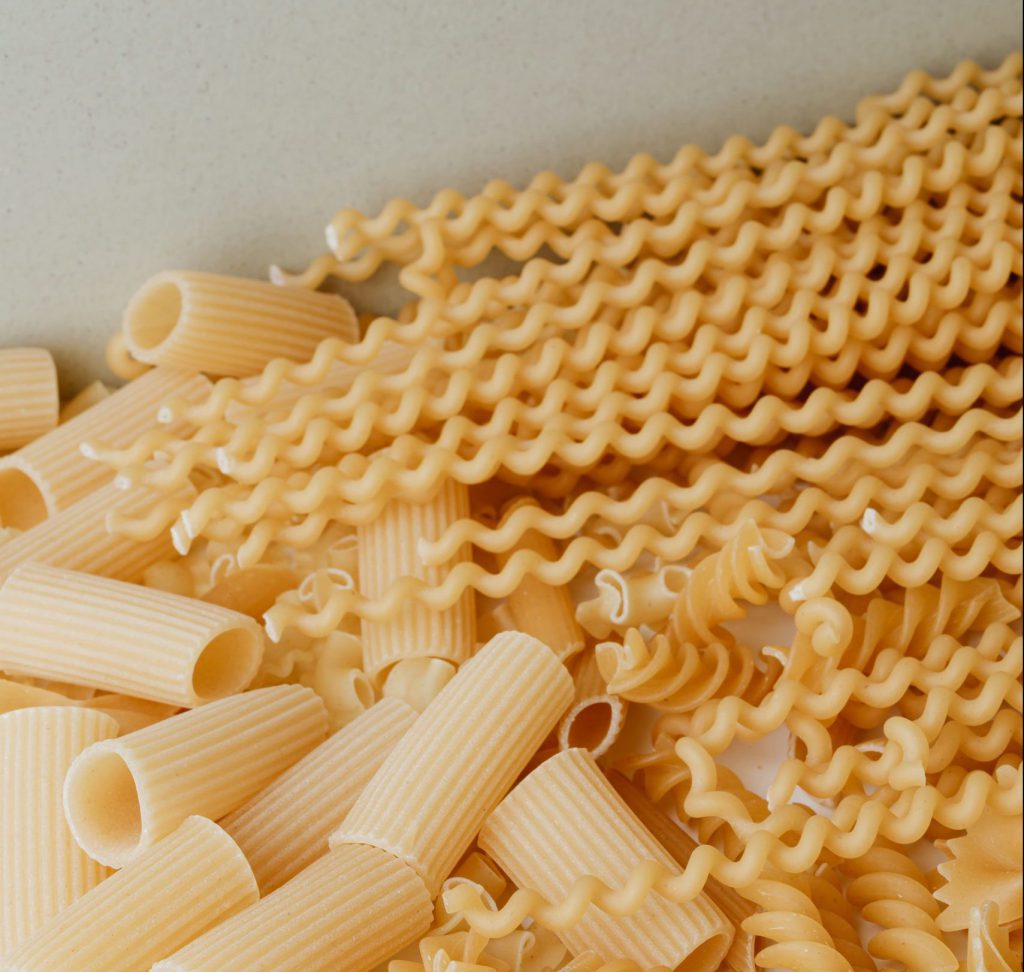
- Readers Rating
- No Rating Yet!
- Your Rating
It is clear that we all love pasta, a very easy dish to cook and with the possibility of making many different recipes. However, unless we are Italian, we don’t know many types of pasta beyond spaghetti, macaroni and ravioli. That’s why, in this mentta post, we teach you the different types of pasta in Italian, so you can become an expert, so take note! In our food Marketplace, mentta, you can find all kinds of pasta.
Pasta is a dish adaptable to any kind of palate, not only for its nutritional properties but also for its multiple recipes. Besides all this, the Italian tradition and culture is very famous all over the world, so the internationalisation of this food was not complicated at all. In fact, 14 million tons of pasta are produced annually all over the world.
To become a pasta expert, it is necessary to know that there are several types of pasta according to different qualification criteria:
- Pasta fresca (fresh pasta): this refers to the pasta you make at home from scratch, with all the ingredients.
- Pasta secca (dry pasta): refers to the pasta sold in supermarkets, in bags and already made.
- Pasta al forno (pasta for baking): includes pasta that must necessarily be put in the oven, such as lasagne.
- Pasta curta (short pasta): this group includes macaroni and all pasta of this size.
- Pasta lunga (long pasta): contrary to the previous one, longer pasta such as spaghetti.
- Pasta ripiena (stuffed pasta): ravioli are a good example of this type, because whether fresh or dried, it is a pasta that always has a filling.
- Pasta tubolare (tubular pasta): this type of pasta includes those that are empty inside, hence its name, as if they were tube-shaped, like cannelloni.
Now, depending on its shape and preparation, pasta is called by different names. It should be noted that Italians are experts in paying attention to the smallest detail, so that even if two pasta dishes look the same, there will always be some factor that differentiates them. This is why the task of differentiating between types of pasta is more complicated, as is the task of differentiating between sauces.
TYPES OF PASTA IN ITALIAN
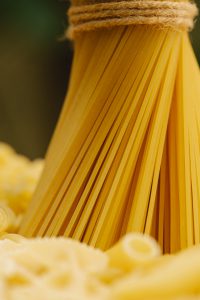
Spaghetti: long and thin pasta, tubolare (without filling), elongated and cylindrical in shape. Spaghetti is the most common type of pasta in every household.
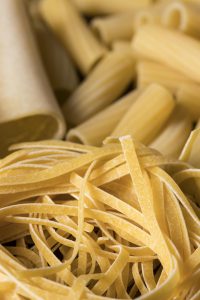
Linguine: they are similar to spaghetti, but instead of having a cylindrical shape, they are flattened.
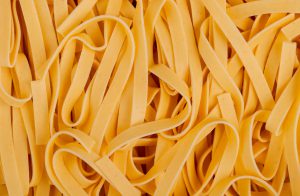
Fettuccine: long pasta, thicker and flatter than spaghetti.
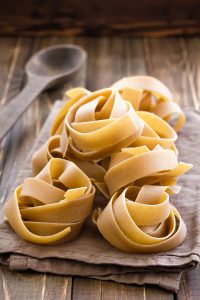
Pappardelle: long pasta even thicker than fettuccine.
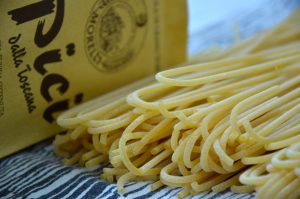
Pici: handmade pasta that is even thicker than spaghetti

Bucatini: these are the thickest spaghetti, and as the name suggests, they have a hole in them. They are similar to pasta pici, but with a hole.
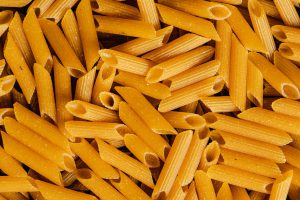
Penne: the most common in all households, elongated cylindrical tubes that may or may not have grooves.
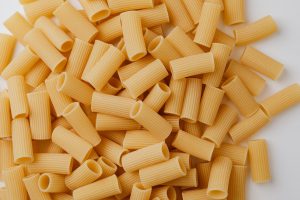
Rigatoni: Rigatoni are a type of tubolare (tubular) pasta, with no filling inside. However, what most characterises this type of pasta is its large size. Similar to penne, but with circular tips and larger size.

Fusili: a type of pasta similar to rotini (or as most of us know them, spirals), however this type of pasta is thicker and flatter than rotini.
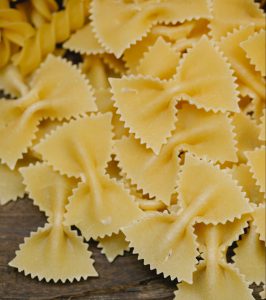
Farfalle: the type that the little ones like the most. Farfalle are small bows or ties, they are not stuffed and are not very thick.
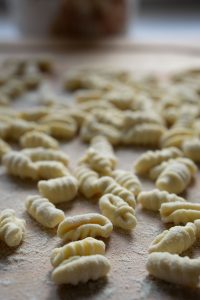
Gnocchi: a more special type of pasta, as it is made with potatoes. It is not stuffed, but is much thicker than the rest.
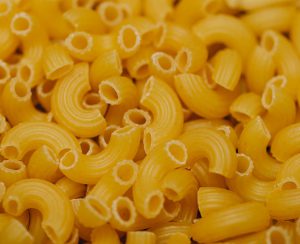
Tortiglioni: Tortiglioni are a type of short pasta similar to penne, but rounder and thicker.
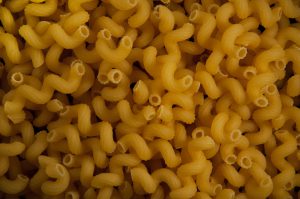
Cavatappi: this type of pasta is almost the same as tortiglioni, but with a double curvature and a little thinner.
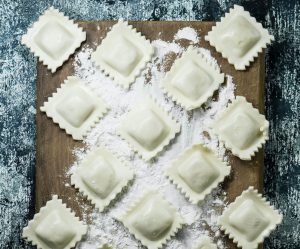
Ravioli: Ravioli are a square, square-shaped pasta of considerable size.
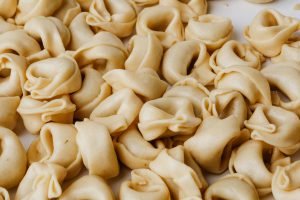
Tortellini: rippiena (stuffed) pasta, smaller than ravioli and with a more characteristic shape.
Curiosities about pasta
- There are more than 600 types of Italian pasta in the world. And this great variety is due to the fact that this wide range of possibilities makes it possible to combine pasta perfectly depending on the sauce.
- Pasta production is actually more sustainable than that of other foods.
- There is an International Pasta Organisation.
- According to this organisation, the countries where pasta is most consumed (from the highest to the lowest) are: Italy, Tunisia, Venezuela, Greece and Peru.
- There is controversy about the origin of pasta. The main story is that Marco Polo returned from China with pasta in 1275, but the Greeks and Romans were already eating something very similar to pasta at that time.
- Of the different carbohydrates, pasta has the lowest glycaemic index.
If you are a pasta lover and you liked this article… Try our delicious pasta with mushrooms recipe!
References
Anonymous, (27 June, 2023). “10 pasta curiosities you didn’t know“. Cataldo.es < 10 pasta curiosities you didn’t know (catacaldos.es) >.
Anonymous, (3 March, 2021). “Types of pasta in Italian”. Viajegastronómico.com <▷ All Types of Italian Pasta ⭐ (viajegastronomico.com)>.
Anonymous, (27 June, 2023). “10 curiosities about pasta“. Friolisa.com. <10 curiosities about pasta (friolisa.com)>.
Anonymous, (25 October, 2018). “World pasta day 2018: 8 curiosities about pasta you didn’t know“. Okdiario.com. <World Pasta Day 2018: 8 curiosities about pasta you didn’t know (okdiario.com)>.
Anonymous, (27 June, 2023). “Bartalent Lab’s Gastronomy brings you the different types of pasta“. BartalentLab.com <Types of pasta: 18 fundamental varieties | Bartalent Lab>.
Alia, C. (20 May, 20202). “57 pasta recipes“. Directoalpaladar.com <Pasta: 57 easy and delicious recipes (directoalpaladar.com)>.
Romero, M. (13 April, 2023). “Hola.com. <Types of short pasta: how many varieties do you know (hola.com)>.
